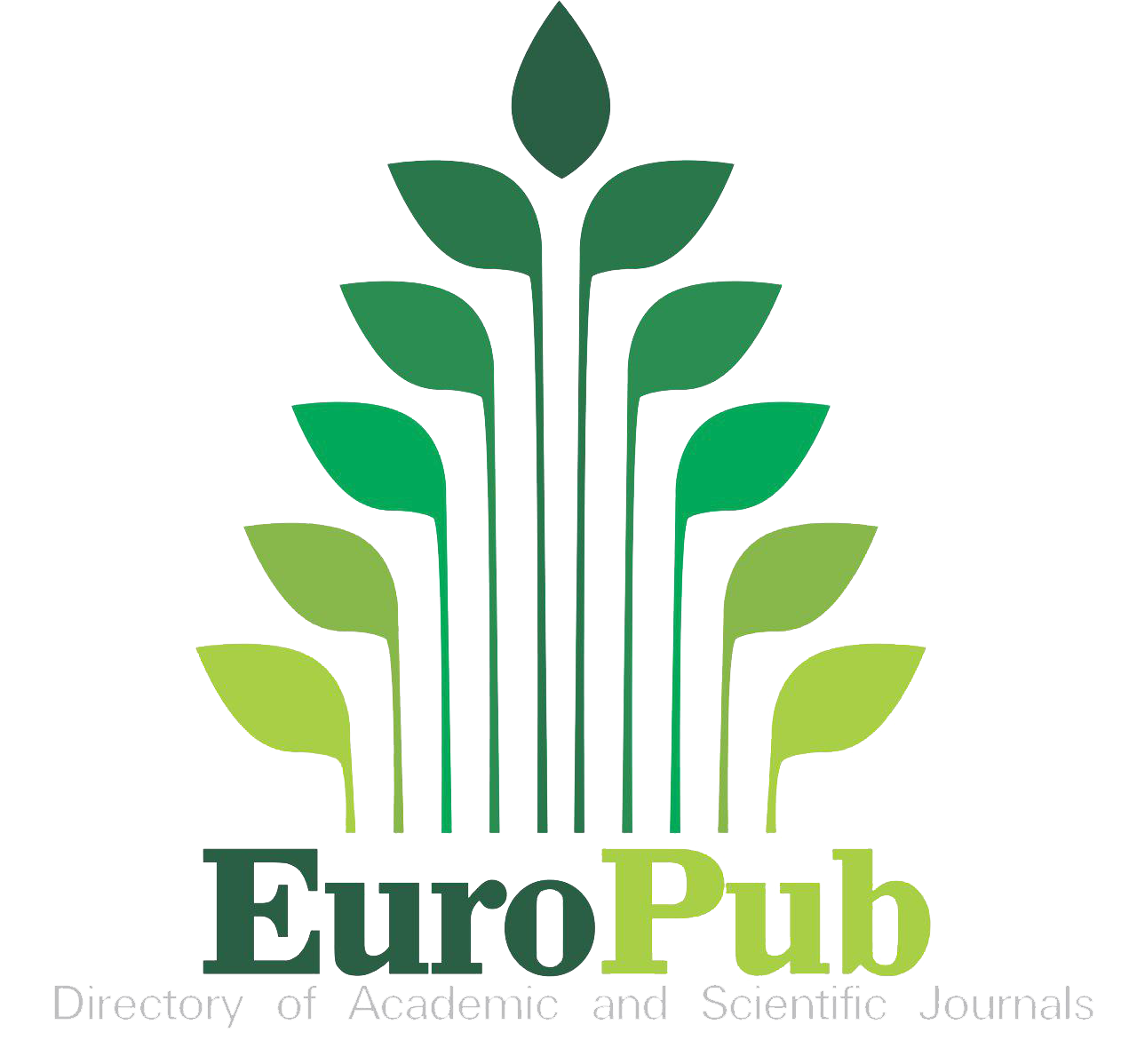Advertising as a Linguistic Tool: A Syntactic Study of English and Vietnamese Brand Slogans
DOI:
https://doi.org/10.60087/jklst.v4.n3.010Keywords:
Brand slogans, Advertising language, Linguistic features, Syntactic featuresAbstract
Advertising slogans are one of the most influential tools for building brand identity and attracting consumer attention in today’s competitive market. Despite their widespread use, many marketing professionals continue to face challenges in crafting effective slogans, often leading to weak associations between brands and their slogans. This study aims to investigate the distinctive syntactic features of English and Vietnamese advertising slogans, with the purpose of identifying both similarities and differences between the two languages. A descriptive and comparative research design was employed, analyzing a corpus of advertising slogans collected from English and Vietnamese newspapers and magazines. The findings reveal that slogans in both languages frequently employ simplicity, brevity, and elliptical structures—such as noun phrases, adjective phrases, and verb phrases—though English slogans show a greater tendency toward ellipsis and dynamic expressions. Additionally, repetition at the syntactic level emerges as a significant device in both languages, enhancing memorability and persuasive power. These results provide valuable implications for teaching and learning business English, offering learners and teachers deeper insights into the linguistic mechanisms of advertising language. Furthermore, the study proposes practical guidelines for advertisers and copywriters to design effective slogans that strengthen brand recognition and consumer engagement.
Downloads
References
Bao, Y., Shao, A. T., & Rivers, D. (2008). Creating New Brand Names: Effects of Relevance, Connotation, and Pronunciation. Journal of Advertising Research, 48(1), 148-162.
Bùi Diễm Hạnh (2021), “Các loại câu quảng cáo tiếng Việt phân chia theo ngừ nghĩa”, Tạp chí Ngôn ngữ và đời sống, số 5a(311), tr.36-45.
Dinh Kieu Chau (2016). Ngôn ngữ quảng cáo: Một sản phẩm truyền thông lưỡng diện.VNU Journal of Science: Social Sciences and Humanities, 29(3).
N. Gali, R. Mariescu-Istodor and P. Fränti, "Similarity measures for title matching," 2016 23rd International Conference on Pattern Recognition (ICPR), Cancun, Mex-ico, 2016, pp. 1548-1553, doi: 10.1109/ICPR.2016.7899857.
Klink, R., & Wu, L. (2014). The role of position, type, and combination of sound symbolism imbeds in brand names. Marketing Letters, 25(1), 13-24. doi:10.1007/s11002-013-9236-3
Kohli, C., & Suri, R. (2002). Creating effective logos: In-sights from theory and practice. Business Horizons, 45(3), 58–64. doi:10.1016/s0007-6813(02)00203-3
Leech, G. (1966). English in Advertising: A Linguistic Study of Advertising in Great Britain. London: Longman.
Lowrey, T. M., & Shrum, L. J. (2007). Phonetic Symbolism and Brand Name Preference. Journal of Consumer Research, 34(3), 406-414.
Mai Xuân Huy .(2005). Ngôn ngữ quảng cáo dưới ánh sảng của lí thuyết giao tiếp. Nxb Khoa học Xã hội.
Miller, D. W., & Toman, M. (2015). An Analysis of the Syntactic Complexity in Service Corporation Brand Slogans. Services Marketing Quarterly, 36(1), 37-50. doi:10.1080/15332969.2015.976520
Nguyen Thi Ngoc Anh .(2012). An Investigation into Lin-guistic Features of Some Stylistic Devices in English and Vietnamese Advertising Language. (Doctoral disserta-tion,University of Danang).
Noble, C. H., Bing, M. N., & Bogoviyeva, E. (2013). The Effects of Brand Metaphors as Design Innovation: A Test of Congruency Hypotheses. Journal of Product Innovation Management, 30126-141. doi:10.1111/jpim.12067
Phan Thi Van Anh (2011). A study on difficulties and strategies in English-Vietnamesetranslation of advertis-ing slogans. (MA thesis, University of Languages and In-ternational Studies – Vietnam National University, Hanoi).
Pilátová, A. (2015). The Language of Advertising: Analy-sis of Advertising Slogans in FastFood Industry (Doctoral dissertation, Masarykova University).
Romanenko, E. (2014). Linguistic analysis of online ad-vertising in English. (Diplomathesis, Charles University).
Room, A. (1991). NTC’s dictionary of tradename origins. Lincolnwood, IL: NTC Business Books.
Sinclair, E. L. E., de Souza, C. R. N., Ward, A. J. W., & See-bacher, F. (2013). Exercise changes behaviour. Functional Ecology, 28(3), 652–659. doi:10.1111/1365-2435.12198
Stvan, L.S. (2006). The contingent meaning of –ex brand names in English. Corpora 1(2): 217-250.
Võ Thanh Hương. (2004). Văn bản quảng cáo xét trên bình diện cấu trúc, Quảng cáo và ngôn ngữ quảng cáo. Nxb Khoa học Xã hội.
Downloads
Published
Issue
Section
License
Copyright (c) 2025 Journal of Knowledge Learning and Science Technology ISSN: 2959-6386 (online)

This work is licensed under a Creative Commons Attribution 4.0 International License.
©2024 All rights reserved by the respective authors and JKLST.








